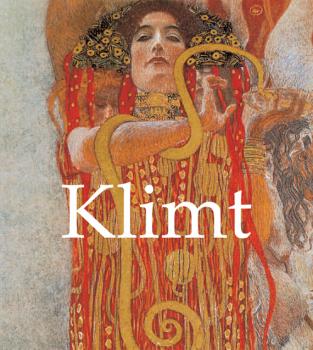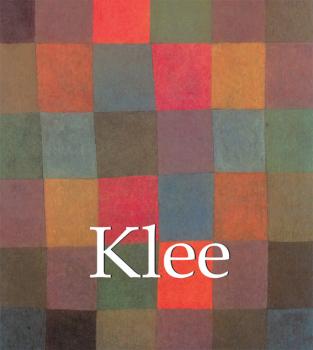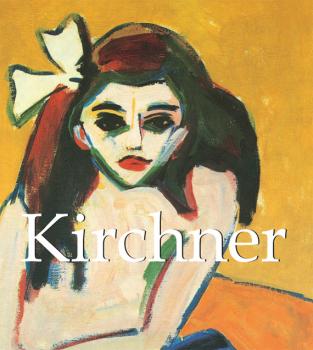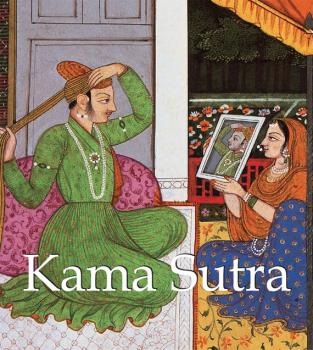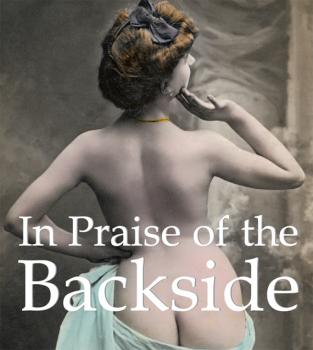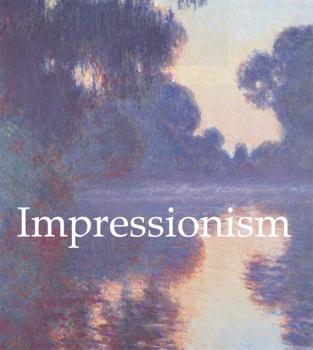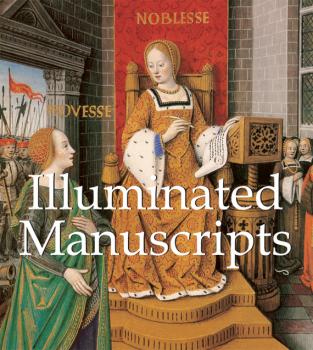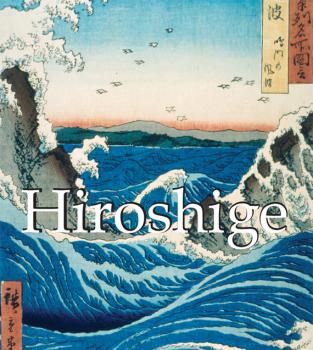Изобразительное искусство, фотография
Различные книги в жанре Изобразительное искусство, фотографияLeonardo da Vinci
Leonardo’s early life was spent in Florence, his maturity in Milan, and the last three years of his life in France. Leonardo’s teacher was Verrocchio. First he was a goldsmith, then a painter and sculptor: as a painter, representative of the very scientific school of draughtsmanship; more famous as a sculptor, being the creator of the Colleoni statue at Venice, Leonardo was a man of striking physical attractiveness, great charm of manner and conversation, and mental accomplishment. He was well grounded in the sciences and mathematics of the day, as well as a gifted musician. His skill in draughtsmanship was extraordinary; shown by his numerous drawings as well as by his comparatively few paintings. His skill of hand is at the service of most minute observation and analytical research into the character and structure of form. Leonardo is the first in date of the great men who had the desire to create in a picture a kind of mystic unity brought about by the fusion of matter and spirit. Now that the Primitives had concluded their experiments, ceaselessly pursued during two centuries, by the conquest of the methods of painting, he was able to pronounce the words which served as a password to all later artists worthy of the name: painting is a spiritual thing, cosa mentale. He completed Florentine draughtsmanship in applying to modelling by light and shade, a sharp subtlety which his predecessors had used only to give greater precision to their contours. This marvellous draughtsmanship, this modelling and chiaroscuro he used not solely to paint the exterior appearance of the body but, as no one before him had done, to cast over it a reflection of the mystery of the inner life. In the Mona Lisa and his other masterpieces he even used landscape not merely as a more or less picturesque decoration, but as a sort of echo of that interior life and an element of a perfect harmony. Relying on the still quite novel laws of perspective this doctor of scholastic wisdom, who was at the same time an initiator of modern thought, substituted for the discursive manner of the Primitives the principle of concentration which is the basis of classical art. The picture is no longer presented to us as an almost fortuitous aggregate of details and episodes. It is an organism in which all the elements, lines and colours, shadows and lights, compose a subtle tracery converging on a spiritual, a sensuous centre. It was not with the external significance of objects, but with their inward and spiritual significance, that Leonardo was occupied.
Klimt
“I am not interested in myself as a subject for painting, but in others, particularly women…”Beautiful, sensuous and above all erotic, Gustav Klimt’s paintings speak of a world of opulence and leisure, which seems aeons away from the harsh, post-modern environment we live in now. The subjects he treats – allegories, portraits, landscapes and erotic figures – contain virtually no reference to external events, but strive rather to create a world where beauty, above everything else, is dominant. His use of colour and pattern was profoundly influenced by the art of Japan, ancient Egypt, and Byzantium. Ravenne, the flat, two-dimensional perspective of his paintings, and the frequently stylised quality of his images form an oeuvre imbued with a profound sensuality and one where the figure of woman, above all, reigns supreme. Klimt’s very first works brought him success at an unusually young age. Gustav, born in 1862, obtained a state grant to study at Kunstgewerbeschule (the Vienna School of Arts and Crafts) at the age of fourteen. His talents as a draughtsman and painter were quickly noticed, and in 1879 he formed the Künstlercompagnie (Artists’ Company) with his brother Ernst and another student, Franz Matsch. The latter part of the nineteenth century was a period of great architectural activity in Vienna. In 1857, the Emperor Franz Joseph had ordered the destruction of the fortifications that had surrounded the medieval city centre. The Ringstrasse was the result, a budding new district with magnificent buildings and beautiful parks, all paid for by public expenses. Therefore the young Klimt and his partners had ample opportunities to show off their talents, and they received early commissions to contribute to the decorations for the pageant organised to celebrate the silver wedding anniversary of the Emperor Franz Joseph and the Empress Elisabeth. In 1894, Matsch moved out of their communal studio, and in 1897 Klimt, together with his closest friends, resigned from the Künstlerhausgenossenschaft (the Cooperative Society of Austrian Artists) to form a new movement known as the Secession, of which he was immediately elected president. The Secession was a great success, holding both a first and second exhibition in 1898. The movement made enough money to commission its very own building, designed for it by the architect Joseph Maria Olbrich. Above the entrance was its motto: “To each age its art, to art its freedom.” From around 1897 onward, Klimt spent almost every summer on the Attersee with the Flöge family. These were periods of peace and tranquillity in which he produced the landscape paintings constituting almost a quarter of his entire oeuvre. Klimt made sketches for virtually everything he did. Sometimes there were over a hundred drawings for one painting, each showing a different detail – a piece of clothing or jewellery, or a simple gesture. Just how exceptional Gustav Klimt was is perhaps reflected in the fact that he had no predecessors and no real followers. He admired Rodin and Whistler without slavishly copying them, and was admired in turn by the younger Viennese painters Egon Schiele and Oskar Kokoschka, both of whom were greatly influenced by Klimt.
Klee
An emblematic figure of the early 20th century, Paul Klee participated in the expansive Avant-Garde movements in Germany and Switzerland. From the vibrant Blaue Reiter movement to Surrealism at the end of the 1930s and throughout his teaching years at the Bauhaus, he attempted to capture the organic and harmonic nature of painting by alluding to other artistic mediums such as poetry, literature, and, above all, music. While he collaborated with artists like August Macke and Alexej von Jawlensky, his most famous partnership was with the abstract expressionist, Wassily Kandinsky.
Kirchner
The self-appointed “leader” of the artists’ group Die Brücke (Bridge), founded in Dresden in 1905, Ernst Ludwig Kirchner was a key figure in the early development of German Expressionism. His first works show the influence of Impressionism, Post-impressionism and Jugendstil, but by about 1909, Kirchner was painting in a distinctive, expressive manner with bold, loose brushwork, vibrant and non-naturalistic colours and heightened gestures. He worked in the studio from sketches made very rapidly from life, often from moving figures, from scenes of life out in the city or from the Die Brücke group’s trips to the countryside. A little later he began making roughly-hewn sculptures from single blocks of wood. Around the time of his move to Berlin, in 1912, Kirchner’s style in both painting and his prolific graphic works became more angular, characterized by jagged lines, slender, attenuated forms and often, a greater sense of nervousness. These features can be seen to most powerful effect in his Berlin street scenes. With the outbreak of the First World War, Kirchner became physically weak and prone to anxiety. Conscripted, he was deeply traumatised by his brief experience of military training during the First World War. From 1917 until his death by suicide in 1938, he lived a reclusive, though artistically productive life in the tranquillity of the Swiss Alps, near Davos.
Kama Sutra
Mega Square Kama Sutra pays homage to the magic of love and is a universal educational manual. This edition is tastefully illustrated with refined frescos and delicate prints.
Kahlo
Behind Frida Kahlo’s portraits, lies the story of both her life and work. It is precisely this combination that draws the reader in. Frida’s work is a record of her life, and rarely can we learn so much about an artist from what she records inside the picture frame. Frida Kahlo truly is Mexico’s gift to the history of art. She was just eighteen years old when a terrible bus accident changed her life forever, leaving her handicapped and burdened with constant physical pain. But her explosive character, raw determination and hard work helped to shape her artistic talent. And although he was an obsessive womanizer, the great painter Diego Rivera was by her side. She won him over with her charm, talent and intelligence, and Kahlo learnt to lean on the success of her companion in order to explore the world, thus creating her own legacy whilst finding herself surrounded by a close-knit group of friends. Her personal life was turbulent, as she frequently left her relationship with Diego to one side whilst she cultivated her own bisexual relationships. Despite this, Frida and Diego managed to save their frayed relationship. The story and the paintings that Frida left us display a courageous account of a woman constantly on a search of self discovery.
In Praise of the Backside
Mega Square In Praise of the Backside celebrates the most sensual part of the female body. The insightful text by Hans-Jürgen Döpp discusses the backside as a feature that stands for both powerful eroticism and supple femininity, seducing famous artists from every genre. This title is sure to entice and delight a wide audience with its lively, provocative images.
Impressionism
Impressionism has always been one of the public’s favourite styles of art and Impressionist works continue to enchant beholders with their amazing play of colours and forms. This book offers a well-chosen selection of the most impressive works of artists such as Degas, Monet, Pissarro, Renoir and Sisley. Mega Square Impressionism pays tribute to the subject’s popularity.
Illuminated Manuscripts
Those who have had the chance to hold a medieval manuscript in their hands cannot fail to have been impressed by the feeling of being in touch with a long-passed epoch. Back when a book was a true handicraft and every copy the result of a laborious process, the object was more a work of art than a volatile commercial product. The Mega Square Illuminated Manuscripts puts the reader in touch with amazing medieval illustrations and unique adornments, which document the imaginative power of their creators.
Hiroshige
The art of the Ukiyo-e reflected the artistic expression of an isolated civilisation which, when it became accessible to the West, significantly influenced a number of European artists. The three masters of Ukiyo-e, Hokusai, Utamaro and Hiroshige, are united here for the first time to create a true reference on Japanese art. The three masters rank highly among the most famous Japanese artistic productions of all time. This new title of the Prestige of Art collection will be a reference for art students and Japanese art lovers.

